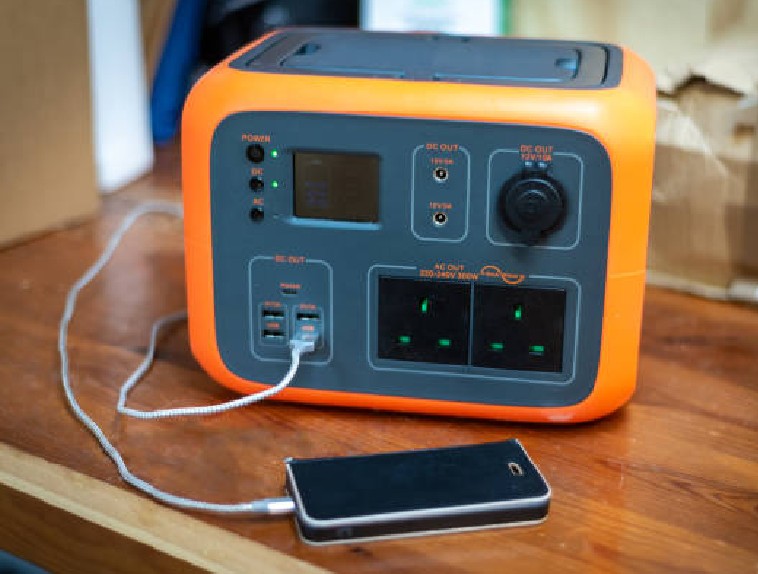Question: Outlet box
Some outlet boxes are sold with clamps packaged in bulk, rather than included in the box. The UL White Book and packaging requirements do not seem to prohibit this practice. Does UL address this issue?
Answer
UL Listed outlet boxes may or may not be provided with clamps. When clamps are provided, they are required to be already mounted in place or provided in the carton with the outlet box. If the outlet boxes are bulk packaged, the clamps may be in a separate bag, but are still required to be provided in the same carton. An exception to this requirement is applicable when the box is marked for use with a specific clamp. This marking shall include the manufacturer’s name, catalog number and the type. For more information about outlet box clamps, see the UL Guide Information for Metallic Outlet Boxes (QCIT) and Nonmetallic Outlet Boxes (QCMZ) located on page 81 and 82 respectively of the 2002 White Book.
Question: CE Mark
Is the CE Mark a safety certification mark?
Answer
No. The CE Mark is a European marking scheme that consists of the manufacturer’s declaration that a product complies with a European Directive. Generally, a manufacturer or its authorized representative “self- declares” that its product conforms to the applicable directive. A third-party certification organization may not have tested the product and certified that it complies with appropriate safety requirements.
The CE Mark is required on products in the 18 countries of the European Economic Area (EEA) to facilitate trade between the member countries. The CE Mark provides a means for a manufacturer to demonstrate that the product complies with a common set of laws required to allow free movement of trade within the EEA countries.
On the other hand, the UL Mark on a product indicates that the product has been evaluated by an independent third party and found to comply with applicable safety requirements in effect in North America and is suitable for installation and use in accordance with North American Installation Codes such as the National Electrical Code.
Unlike the UL Mark, the CE Mark:
- is generally based on self-declaration rather than third party certification, and
- does not demonstrate compliance to North American safety standards or installation codes.
A product that bears a CE Mark may also bear a third-party certification mark such as UL’s Listing Mark. It should be noted that the CE Mark and the UL Mark are not related since they are intended for different purposes. AHJs should look for the UL Mark on products to determine that a product complies with applicable safety requirements for North America. For more information about the CE Mark, visit UL’s website athttp://wsww.ul.com/regulators/CEmarkinfo.html/
Question
Are there engine generators Listed to UL 2200?
Answer
There are several manufacturers that have a variety of stationary generators Listed under the category “Engine Generators” (FTSR). UL 2200, the Standard for Stationary Engine Generator Assemblies, is used to evaluate these generators. The UL Guide information is published on page 35 of UL’s 2002 General Information for Electrical Equipment Directory, the White Book. This category also appears in the 2002 Electrical Construction Equipment Directory (Green Book) on page 120 and also on UL’s Online Certification Directory atwww.ul.com/database.
Question: Gas- or oil-fired equipment
For gas- or oil-fired equipment such as a furnace with a “fuel gas appliance” label, has UL evaluated the electrical portion of the equipment?
Answer
When UL has certified these products, the electrical devices on the product are included as part of UL’s evaluation. The UL Gas-Fired Listing Mark has replaced UL’s Classification Mark that was previously used on gas-fired products. The Gas-Fired UL Mark on a product signifies that the product has been evaluated for both electrical safety and gas safety. For additional information concerning UL’s Gas-Fired Listing Mark, visitwww.ul.com/gas2/mark.html.
Question: Photoluminescent exit signs
Are photoluminescent exit signs Listed or Classified?
Answer
Photoluminescent exit signs are Listed by UL in accordance with Supplement SG of UL 924, The Standard for Emergency Lighting and Power Equipment, issued July 11, 2001. Prior to January 2002, photoluminescent exit signs were UL Classified in accordance with UL 1994, as part of a floor-proximity path-marking system.
UL’s Classification program was discontinued, effective January 2002.
UL Listed exit signs are published in UL’s Electrical Construction Equipment Directory and in the Building Materials Directory under Self-Luminous and Photoluminescent Exit Signs (FWBX), and can be accessed on UL’s Online Certification Directory atwww.ul.com/database.
The requirements for photoluminescent exit signs in UL 924 are based on the installation requirements in NFPA 101 (2000 edition) Life Safety Code. These requirements state that photoluminescent exit signs are to be continually illuminated while the building is occupied, with the illumination type and intensity in accordance with the Listing information. During normal (i.e., non-emergency power) conditions, these exit signs function as externally illuminated exit signs and are subject to the 5-foot-candle minimum illumination requirement in NFPA 101. During emergency power conditions, photoluminescent exit signs provide their own illumination, similar to internally illuminated exit signs.














Find Us on Socials